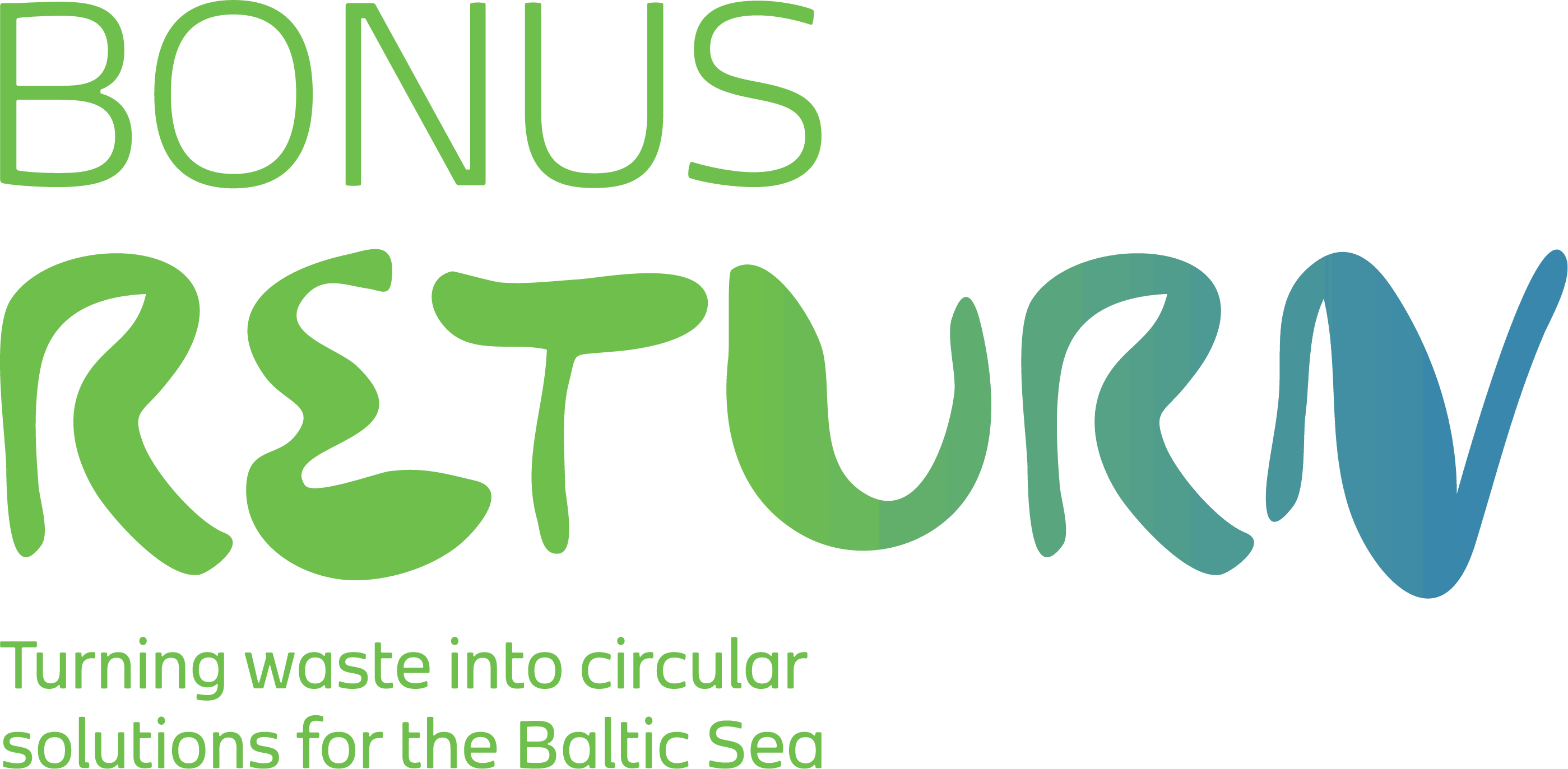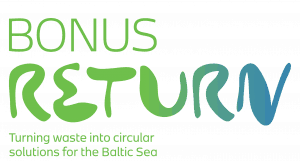Authors: Karina Barquet, Linn Järnberg and Biljana Macura
EXECUTIVE SUMMARY
This study sheds light on the major policy and governance barriers and opportunities affecting the development, choice and implementation of innovations for phosphorus (P) reuse, including technologies and practices in the agriculture and wastewater treatment sectors. We adapt a ‘systems failures’ framework that merges an innovation systems perspective with elements from the multi-level perspective of the socio-technical transitions literature. The framework allows for in depth analysis of policy and governance barriers and opportunities for innovations.
The framework includes eight analytical dimensions: structure, coordination, interactions and networks, capabilities, directionality, demand articulation, values, reflexivity and values. To collect data on different barriers and opportunities for technological innovations in the field of P reuse, we have searched for literature on Web of Science Core Collections and Google Scholar. We have applied predefined eligibility criteria and screened literature at three stages: title, abstract and full text. We have also conducted 10 key-informant interviews to corroborate literature review findings. We have extracted relevant data in the form of quotes and summaries into the eight-dimensional analytical matrix. We have thereafter created a set of themes within each analytical dimension, identifying different barriers and opportunities.
Results from this study highlight how the circular economy concept and a need to reuse P (including other nutrients, carbon, etc.) is gaining traction at the EU level with the Circular Economy package but remains to be mainstreamed at lower governance levels and among the broader public. Some Baltic Sea countries (such as Germany) are taking the lead in transitioning towards a more circular P economy and several other countries (such as Sweden) are reviewing their policies and may be moving in a similar direction. However, the report raises concerns about the formulation of such policies. For example, while the sludge ban in Germany, and requirements on P recovery do indeed provide a clear direction for technology developers, in practice it may give preference to one single type of technology, which risks crowding out other promising options and may lead to a lock-in into a sub-optimal system.
Based on the findings of this report (and taking into account identified limitations of our approach), we argue that there is a need to increase policy steering towards P reuse, without closing promising systemic solutions. Mainstreaming the idea of circular economy across society and local, national and supranational governance structures is a priority. Continuing efforts to simplify the legal framework for reused P products, particularly at EU level is necessary. Sustainable solutions that ensure circularity could be more actively implemented when municipalities buy products and services from entrepreneurs. Testbeds for innovations in municipalities should favour circular solutions with multiple benefits to society and minimized effects upon the environment. Municipalities can create clearer guidelines and requirements that send strong signals to entrepreneurs on the type of technologies desired for the development of the city, while at the same time making it easier for circular innovations to succeed. In addition, promotion of new business models with increased collaboration between waste water treatment plants (i.e. a source of reused P), fertilizer companies (i.e. a potential client for reused P), and farmers (i.e. potential end-users of recycled P) is needed to achieve circular P economy.

